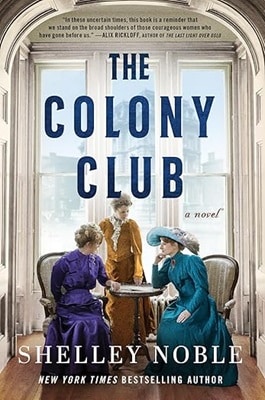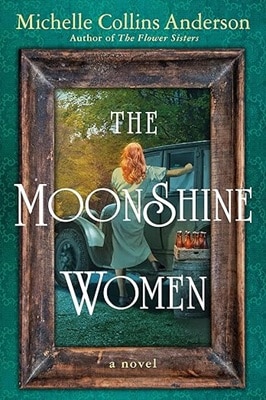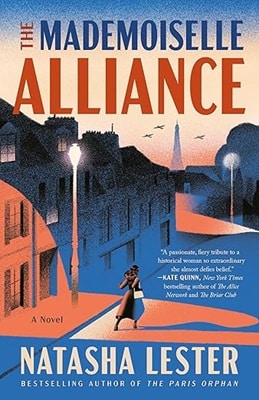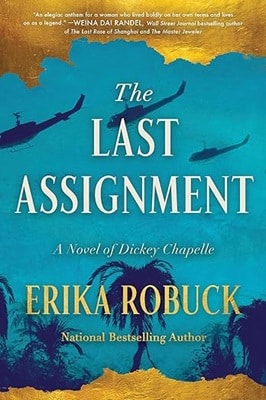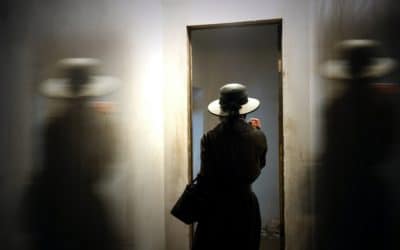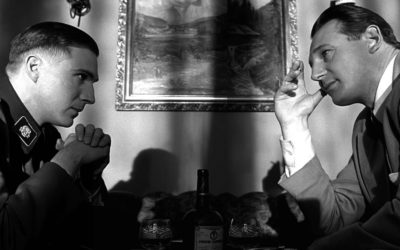Book Review
The Colony Club
The Colony Club imagines the story of three captivating women at the beginning of 20th-century New York.
Daisy Harriman makes her mark as a trailblazer by creating the first women’s club when such spaces were meant only for men. It all began when she was refused a room at the Waldorf in 1902 because she was not accompanied by a man.
Daisy turned this obstacle into action. However, founding a club at a time when women needed a man’s permission for nearly any action wasn’t easy. It took two years for the club to be fully formed, as some women were forbidden by their husbands to join. But Daisy persisted, seeing the bigger picture. She envisioned a place where women could be themselves without chaperones, where they could freely discuss the issues that mattered to them. She wanted women to have a voice.
After two years of struggle to establish the Colony Club, both in name and in physical form, Daisy’s privileged life contrasts sharply with that of Nora, a fictional character representing the women of her time who aspired to be architects but found it difficult to secure permanent positions. Many worked as independent contractors, a reality portrayed through Nora’s story.
At the end of Nora’s studies, she enters a competition that she wins, leading her to independent work with McKim, Mead, and White. At the time, Stanford White was the most sought-after architect in New York, and Daisy hired him to design the clubhouse. When Nora becomes involved in the project, her path crosses with Elsie de Wolfe. Elsie, known more for her fashion than her acting, was encouraged by her powerful agent, Bessie Marbury, to pursue interior decorating. Thus, two creative minds—Nora and Elsie—come together. Elsie, though gifted in design, lacks the ability to draw, which is where Nora’s skills come in. Elsie’s lavish imagination is translated onto paper by Nora.
The story follows the actions of these three women. Daisy engages in philanthropic efforts, and during her time in France, she learns about the progressive law of ten-hour workdays for children, hoping to pass something similarly enlightened in the United States. Elsie’s opulent and costly decorative pursuits offer a vivid glimpse into Gilded Age New York. Meanwhile, Nora faces hostility and sabotage from her male colleagues as she fights for recognition in her field.
As the Colony Club is taking shape, the lives of the three characters are suddenly shaken by the murder of Stanford White, whose scandalous personal life comes to light during his trial.
The novel embodies determination, the overcoming of prejudice, and the coming together of individuals to fulfill a dream with a larger purpose—a place that nurtures social justice.
Written with engaging prose, The Colony Club reveals a rich historical backdrop and explores the intriguing mystery of a man whose life’s work is tarnished by revelations that emerge after his death.
More Historical Suspense
advertisement
Historical Suspense Features
Historical Psychological Thrillers
How historical psychological thrillers stack up against psychological thrillers
Is it Historical Fiction?
How long ago does history start?
Offbeat World War Two Thrillers
Nine World War Two thrillers that don’t follow the usual storylines

